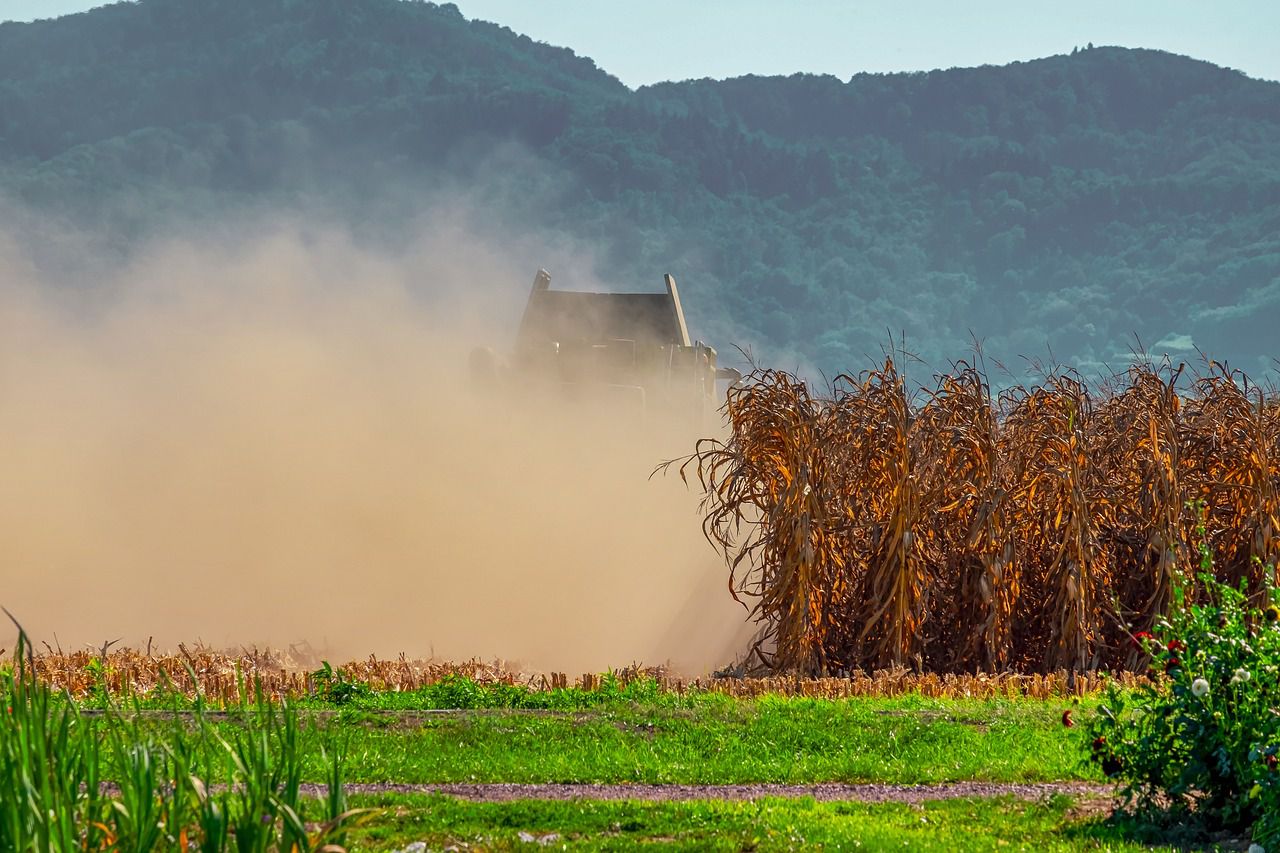Some seasons create more dust than others, so you need to clean your house more often.
Dust can accumulate in a house throughout the year, but certain seasons tend to contribute more to dust buildup than others.
The seasons that typically see a higher accumulation of dust in homes are these.

Winter
During winter, many households keep their doors and windows closed to retain heat, resulting in limited ventilation.
As a result, dust particles and pollutants generated from indoor sources, such as heating systems and burning candles, have fewer opportunities to disperse.
This can lead to increased dust settling on surfaces.
Spring
Springtime can bring an influx of pollen and other allergens from outdoor sources.
As people open windows and doors to enjoy the fresh air, these allergens can enter the house and combine with indoor dust, creating a heavier buildup.
Fall
During fall, leaves and other outdoor debris can get tracked indoors, contributing to dust accumulation.
Additionally, as the weather cools, households tend to use heating systems more frequently, which can stir up dust particles and distribute them around the house.
Dry and windy weather
Regardless of the specific season, dry and windy weather conditions can lead to increased dust levels inside the house.
Wind can carry dust and allergens from outdoors into the home, while dry air can cause dust to become more easily airborne and settle on surfaces.












